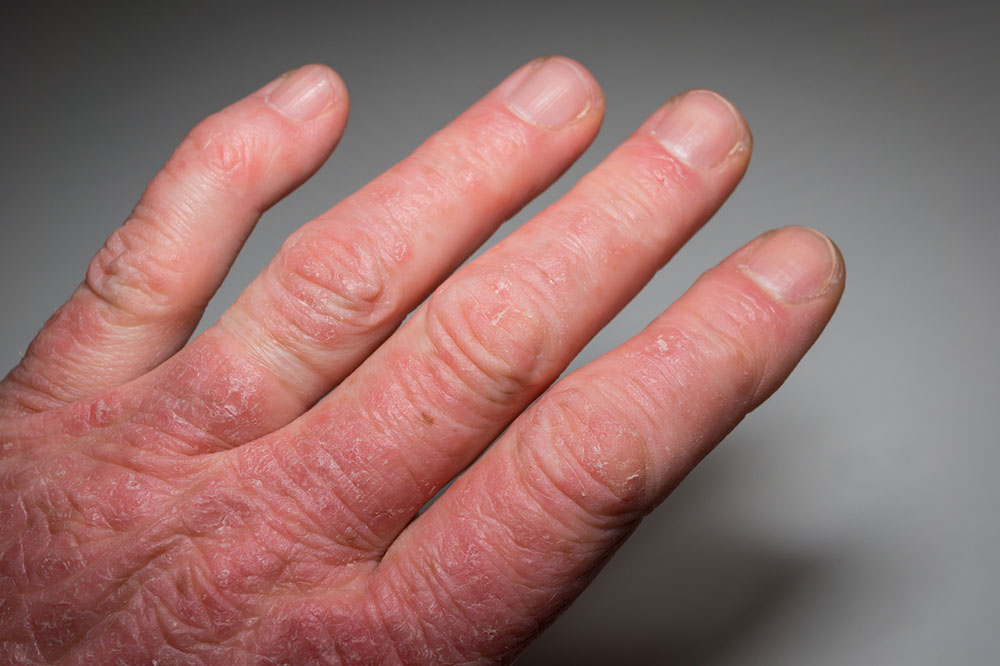
3 Unfavorable American States to Live in for Arthritis Patients
Arthritis has become common among all age groups and demographics. Since most forms of arthritis run in families, there is not much that anyone can do to dodge the problem completely. However, there are a variety of measures that one can take to make their lives considerably easier, even after having arthritis.
Moving away, for starters, is one inevitable solution. The American College of Rheumatology(ACR) has published a report containing 50 cities graded on the basis of how liveable they are for patients suffering from arthritis and other rheumatic disabilities.
This report was prepared to keep in consideration three important factors with respect to arthritis; availability of medical care, its affordability and the level of activity possible in the condition. Let’s look at a few states that have made their way to the top of the list of worst states to live in for arthritis patients.
1. Tennessee
Nearly 1.5 million adults in the state have been diagnosed with some form of arthritis, pushing the average prevalence to 36.6% almost a decade back. Despite numerous efforts trying to mitigate them, the severity and number have only grown. For example, The University of Tennessee, in partnership with the Tennessee chapter of Arthritic Foundation and the Department of Health has begun the Arthritis Foundation Exercise Program, “community-based, non-clinical recreational exercise program” to open up to patients diagnosed with arthritis. Despite the state’s formidable medical resources at disposal, the year-round climate and the extreme weather conditions make it undoubtedly difficult for patients with arthritis and to lead even a near comfortable life.
2. West Virginia
The West Virginia Behavioral Risk Factor Surveillance Survey (BRFSS) conducted a survey recently that recorded almost half (55.9%) of the respondents to the survey had symptoms of arthritis in the form of aching and stiffness in their joints. The two most common types of risk factors for arthritis in the state were found to be the nonmodifiable ones such as gender, age, and genetic susceptibility and the modifiable ones such as weight, exercise, occupation, and other injuries. Unlike other states, West Virginia presents problems that are practically solvable within the community. The Arthritis Foundation in West Virginia has been actively setting up self-help courses in the state to understand pain management and nutrition and exercise programs to enhance muscle strength and motion among arthritic people, thereby improving their lives considerably for the better.
3. Delaware
Delaware meets with an unprecedented problem when it comes to dealing with arthritis and related rheumatic disorders – a growing older population. Consequently, this population stratum has a natural affliction to arthritic disorders and such because of its comorbidity with other serious conditions that come with old age. A secondary prevalence of diabetes and cardiovascular diseases were recorded to have been present in most cases of patients diagnosed with Arthritis. Adults aged 65 and above were noted to have had six times higher odds of being diagnosed with Arthritis. Arthritis related cases in Delaware are projected to increase substantially unless steps are taken to bridge the link between clinic and community in general and widening the focus to treat the secondary chronic conditions that come with arthritis.
Essentially, moving away comes first in the list of things one should begin doing immediately after being diagnosed with arthritis. Despite being physically active, maintaining a proper diet, it is going to start becoming increasingly difficult to survive without proper resources and an ideal climate and will necessitate bringing a whole new level of the changeover to start paving the way towards recovery.



